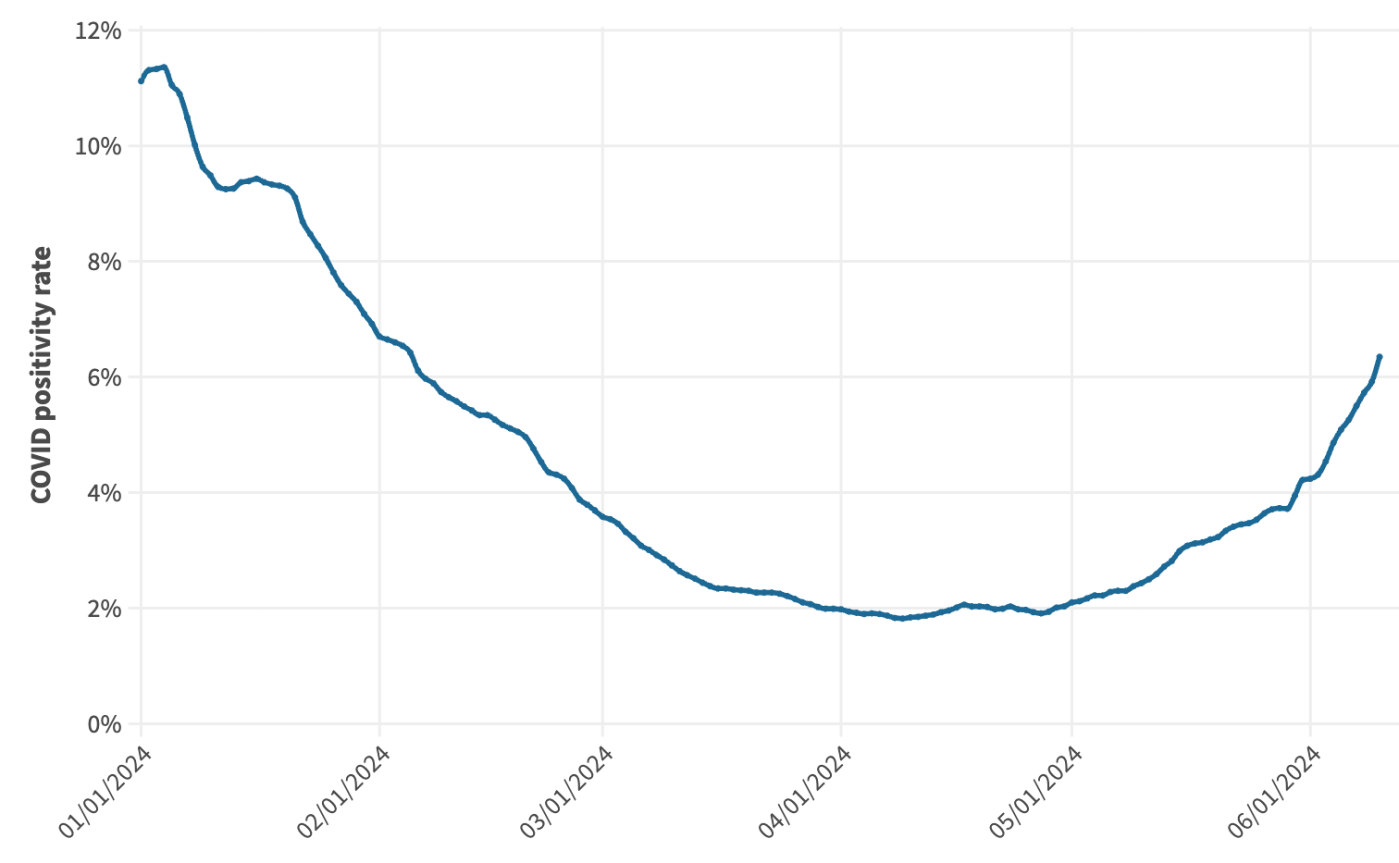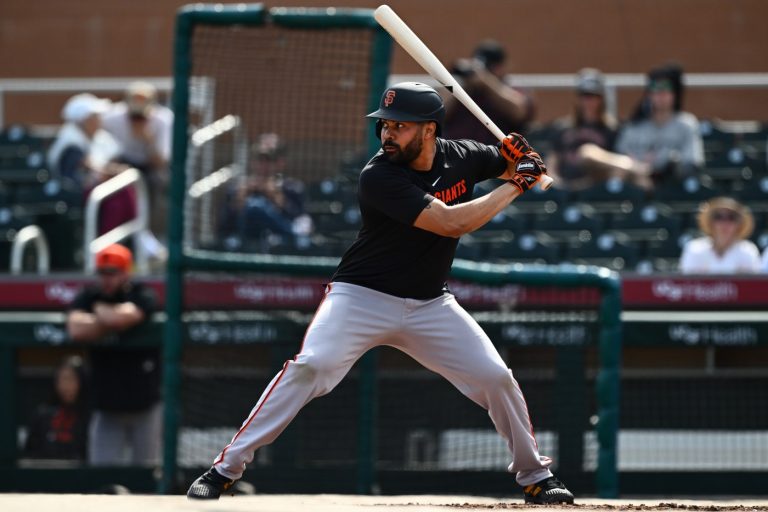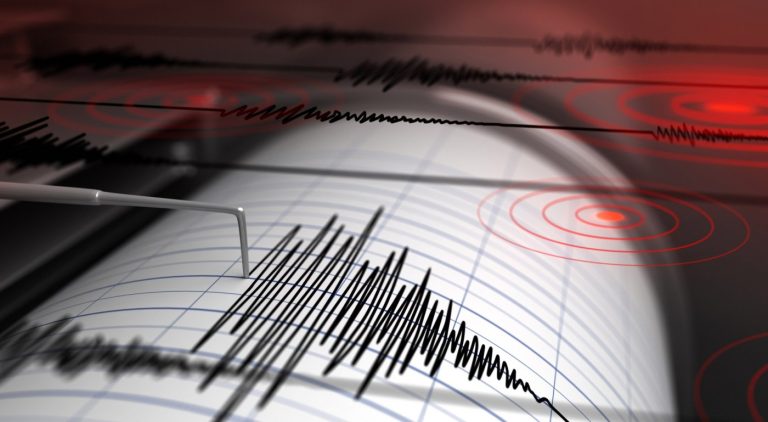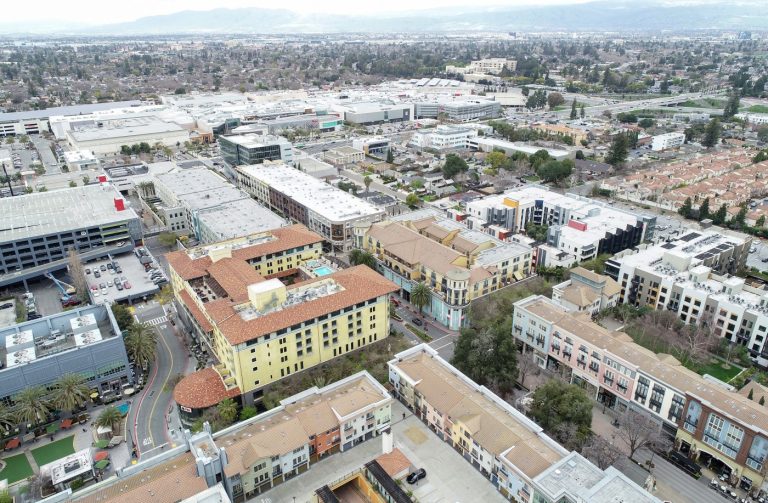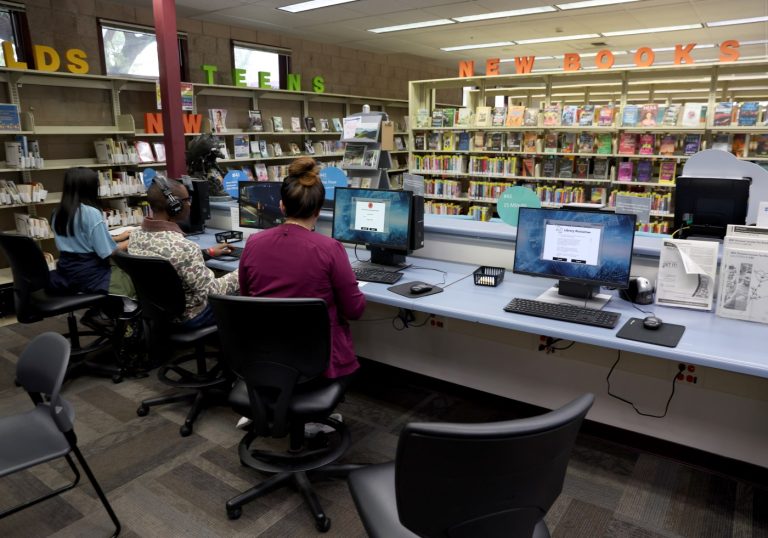Once again it seems like a lot of people are coming down with COVID in the Bay Area, and data shows the increase in cases is not just anecdotal.
In Santa Clara County, wastewater samples show levels of the virus are once again high in the Sunnyvale, Palo Alto and San Jose watersheds, after a lull this spring brought the lowest readings in over two years. And statewide, positivity rates have also increased notably over the past few weeks.
Dr. John Swartzberg, clinical professor emeritus at the UC Berkeley School of Public Health, has noticed the uptick, anecdotally among his friends and colleagues, and in the data. But the good news?
“It’s nothing approaching the winter, it’s not even as high as it was a year ago at this date,” he said. Metrics for the virus have been lower so far in 2024 than they were in 2023, he said. And deaths reached record-lows in California this spring, including the first day in over four years with no COVID deaths in the state.
While public health officials no longer publish the number of COVID cases detected each day, as they did during the height of the pandemic, local officials continue to track COVID levels in wastewater, which can be an early warning of the virus’ surges and lulls. The state’s health department also still tracks what portion of people who get tested for the virus statewide are positive. Both metrics show increases in recent weeks, as new variants break through and a slow COVID spring has turned into a full-blown summer surge.
The positivity rate in the Golden State had dipped to around 2% for most of April, but in May it started to rise again. On May 1, the positivity rate was 2.1%, and by June 1, it had reached over 4%. This week’s update, posted on Friday, shows the positivity continues to grow, by nearly two percentage points to 6.4% on June 10.
Swartzberg acknowledged that even though rates are rising, we are in a much better place than in previous years. But he still finds it “very upsetting” that more seniors and vulnerable people are not getting the updated shots, released last fall, and boosters that are recommended.
“Fifty-five percent of the population over 65, who are really at significant risk for bad outcomes, don’t avail themselves of something that most likely would prevent that bad outcome,” he said.
Related Articles
COVID-19 fraud scheme lands Bay Area restaurateur behind bars
Another COVID vaccine? Yes, and here’s why
Abcarian: Republicans would rather demonize Fauci than help Americans survive next pandemic
Positive test not needed for long COVID diagnosis, experts conclude
How much are student absences costing Bay Area schools?
That tracks with what Dr. Peter Chin-Hong, a UC San Francisco professor of medicine who specializes in infectious diseases, has seen in the hospital recently compared to previous surges.
“In 2020, we would have been talking about ICU beds. In 2022, we would have been talking about hospitalizations. Now, in 2024, we are talking about urgent care, and emergency department visits and people sick at home,” he said.
And those people who are still being hospitalized with COVID? “They’re older, or immune compromised, and in my own experience not a single one has received the most recent shot,” Chin-Hong noted. “And it’s not like they are anti-vaxxers or anything. They just felt more at ease now, which is my worry.”
